There are many different Easter traditions in the world, some more odd than others. This year, some traditions may have to be cancelled due to a curfew in the name of Corona, while other "home" traditions can continue as usual. Here are some Easter traditions that might (in our eyes) be considered a bit different...
Table of contents
Easter traditions in the world - when do we celebrate Easter?
The Christian Easter is celebrated to commemorate the death and resurrection of Jesus for the forgiveness of sins and eternal life. Jews celebrate Passover (Pesach) to commemorate the Jews' exit from Egypt after years of slavery, as recorded in the Old Testament.
- Protestant and Catholic Easter falls on the first Sunday after the first full moon following the vernal equinox (between 22 March and 25 April).
- Orthodox Easter is celebrated according to the Julian calendar, which means that Easter is celebrated later than in the Protestant and Catholic tradition.
- Pesach (Jewish Passover) falls at different times each year, based on the Gregorian calendar.
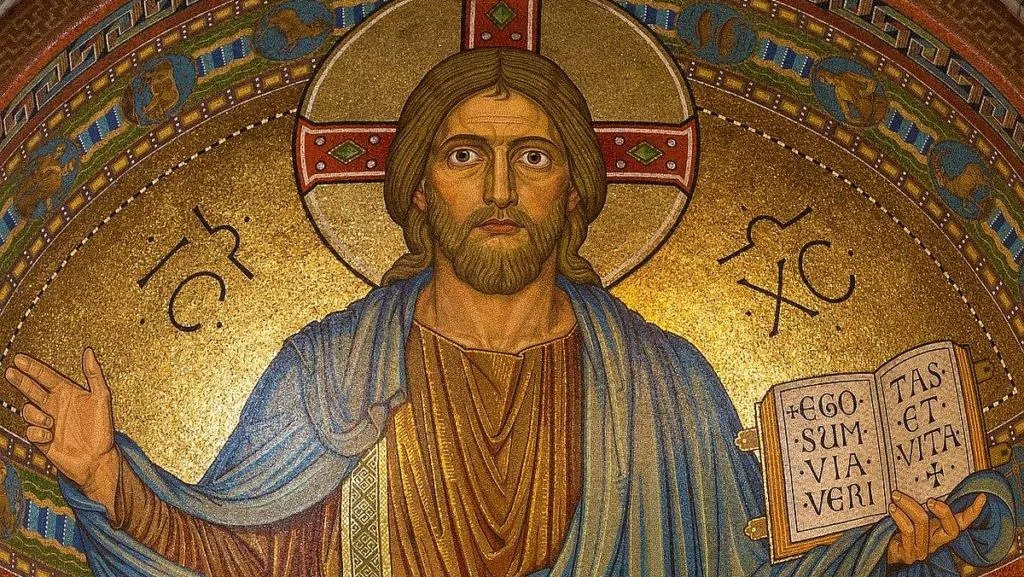
Different Easter traditions in the world
There are many different Easter traditions in the world, and some are more odd than others. Perhaps our traditions (such as children dressing up as Easter bunnies) are considered different by others?
We've read a lot of reports and found a lot of information about Easter traditions around the world, but sometimes it's a bit tricky to secure sources. We have chosen to highlight some traditions that we have read about in several places. Among other things, we have gathered information from Svenska Dagbladet, Aftonbladet, Momondo and Wikipedia.
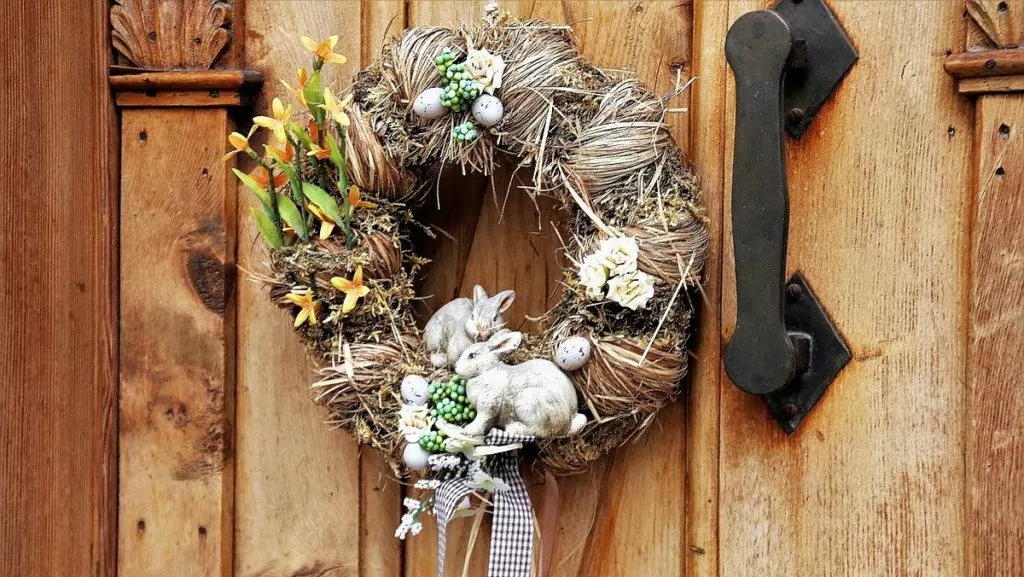
1. Norway: Påskekrim
According to Norwegian Wikipedia, Easter thrillers are crime novels launched with the intention of being read during Holy Week. By the way, Easter crime fiction does not only have to be in book form, but can also be broadcast on radio or TV.
2nd Finland: Memma
At Easter in Finland, people like to eat a special Easter dessert called memma, or mämmi in Finnish. The dessert is mainly made from rye flour, rye malt and syrup. Memma is often eaten with unwhipped cream or milk and powdered sugar, or with vanilla ice cream.
3. Central and Eastern Europe: water splashes
In the Czech Republic, Slovakia and Hungary, Easter celebrations include ... splashing women with water. The tradition, called 'oblievačka', is believed to be purifying and to bring beauty.
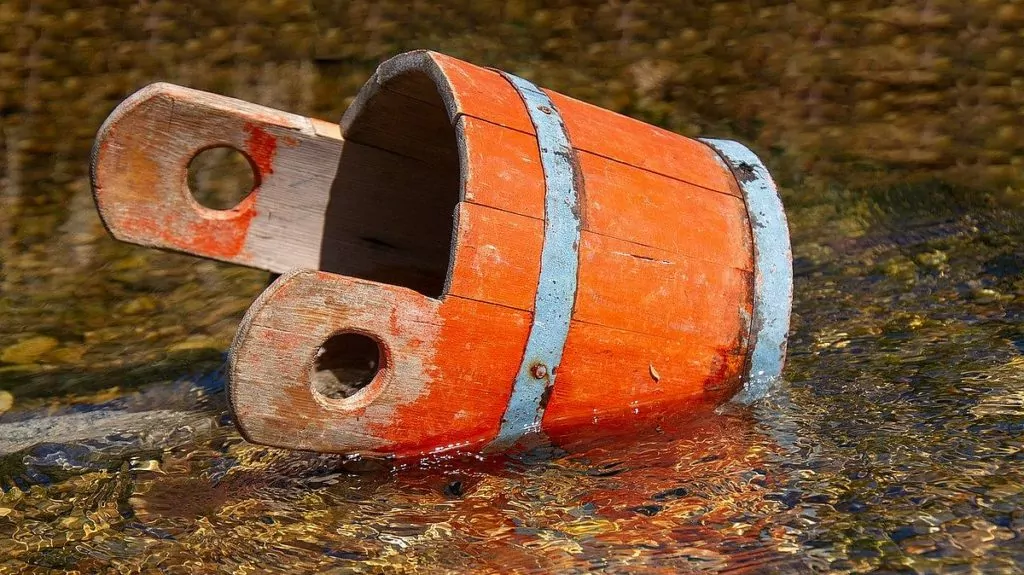
4. Central and Eastern Europe: Whipping with rice
In the Czech Republic, Slovakia and Hungary, it is not enough to splash the women with water. There's also a tradition that includes fun whipping with a rice, with colourful ribbons.
5. Spain: Processions
During the Spanish Easter celebrations, long processions can be seen in many cities, especially in Andalusia. These are of medieval origin and symbolise Jesus' journey to the cross. The processions last for many hours while carrying large 'barges' with icons illustrating the life and suffering of Jesus.
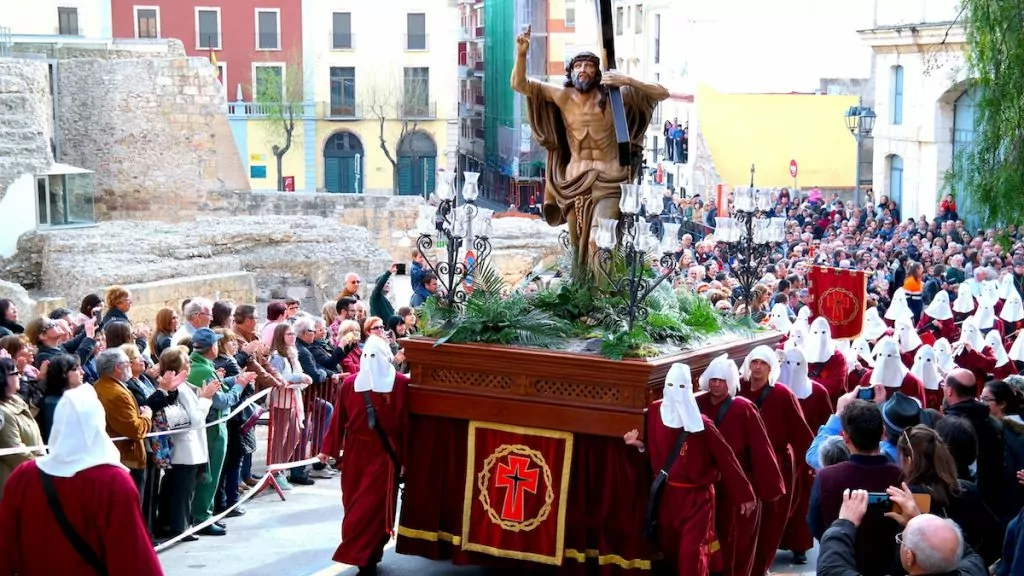
6. Spain: The Dance of Death
In Verges, near Girona in Spain, the 'Dance of Death' (Danze de la muerte) is held every year. The dance is one of the many activities organised during Easter and dates back to the 15th century when Verges, like the rest of Europe, suffered the dreaded Death of the Devil. It may be difficult to organise the dance this year because of the coronavirus. On the other hand, it might be needed more than ever.
7. France: Giant omelette
We have read in several places that in some specific French villages a giant omelette is made at Easter. Among other things Lonely Planet the village of Bessières makes an omelette that requires 15 000 eggs.
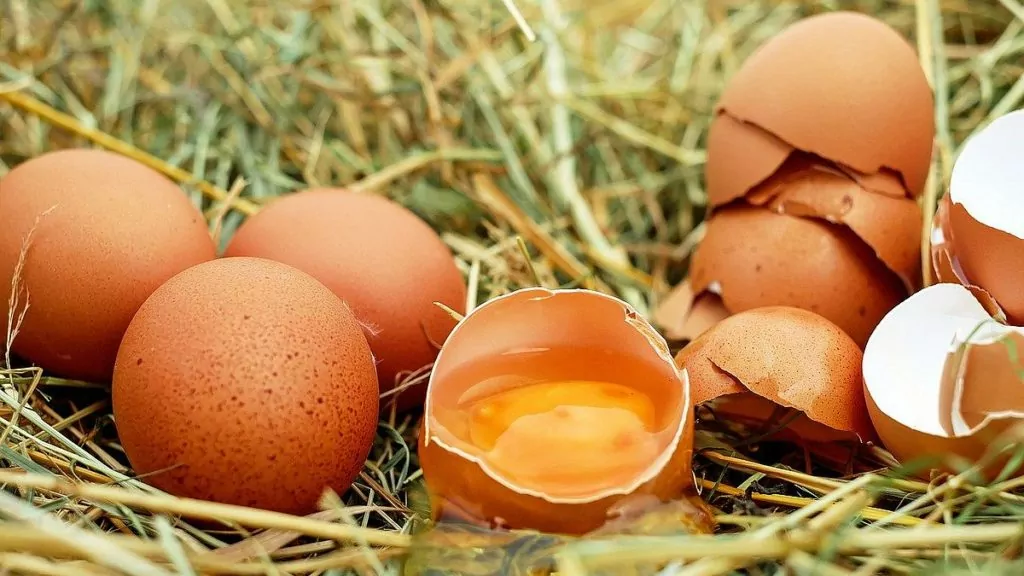
8. Greece: Candlelight processions and fireworks
In Orthodox Greece, Easter is a festival of joy and focuses on the resurrection rather than the crucifixion. Greeks celebrate with light processions, fireworks and, of course, good food. Just before midnight on Easter Eve, people gather in the church with white candles in their hands to celebrate the resurrection.
9. Greece: Red eggs
In Orthodox Greece, Easter eggs are coloured red to commemorate the blood of Christ. Today, the red eggs are used for decoration.
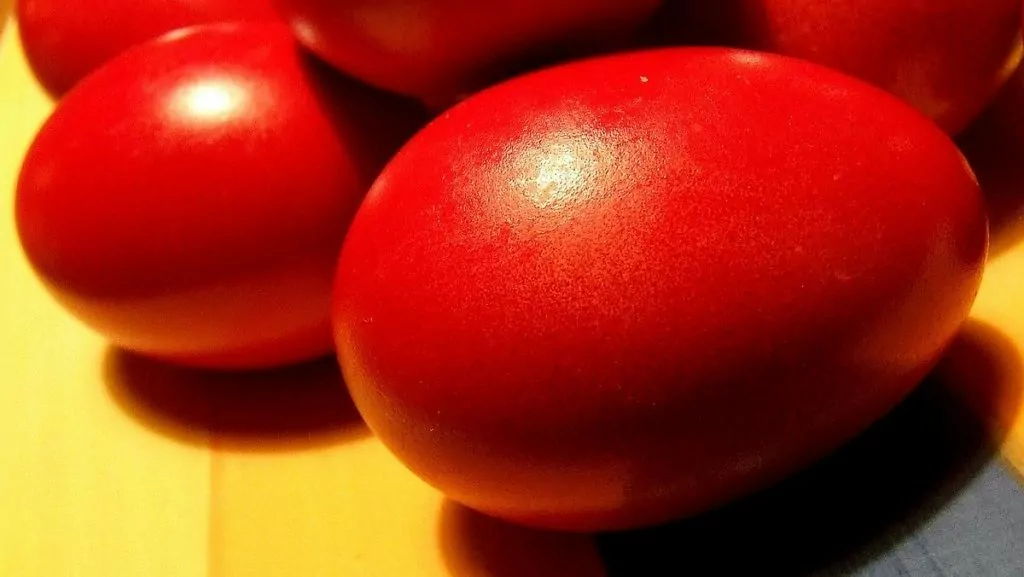
10. Philippines: Crucifixion
In the Philippines, it has become a tradition to re-enact the crucifixion of Jesus Christ on Good Friday. The bloody ritual attracts many tourists to the Philippines, but is frowned upon by the Catholic Church.
More about Easter and Easter traditions in the world
Want to learn more about Easter and Easter traditions around the world? You can find some more reading here:
What Easter traditions in the world do you know?
Do you know or have you experienced any different Easter traditions around the world? Please tell us!
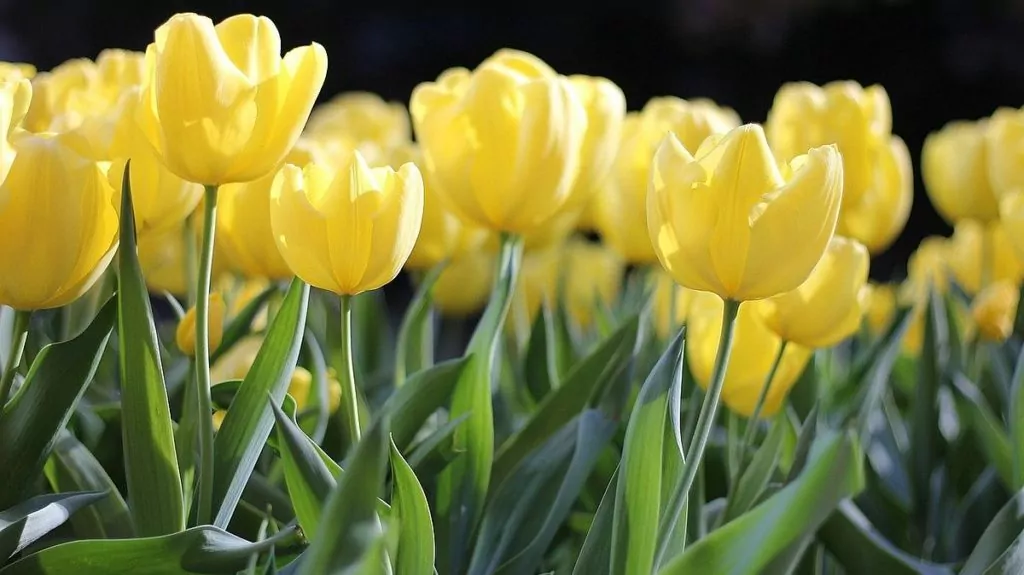


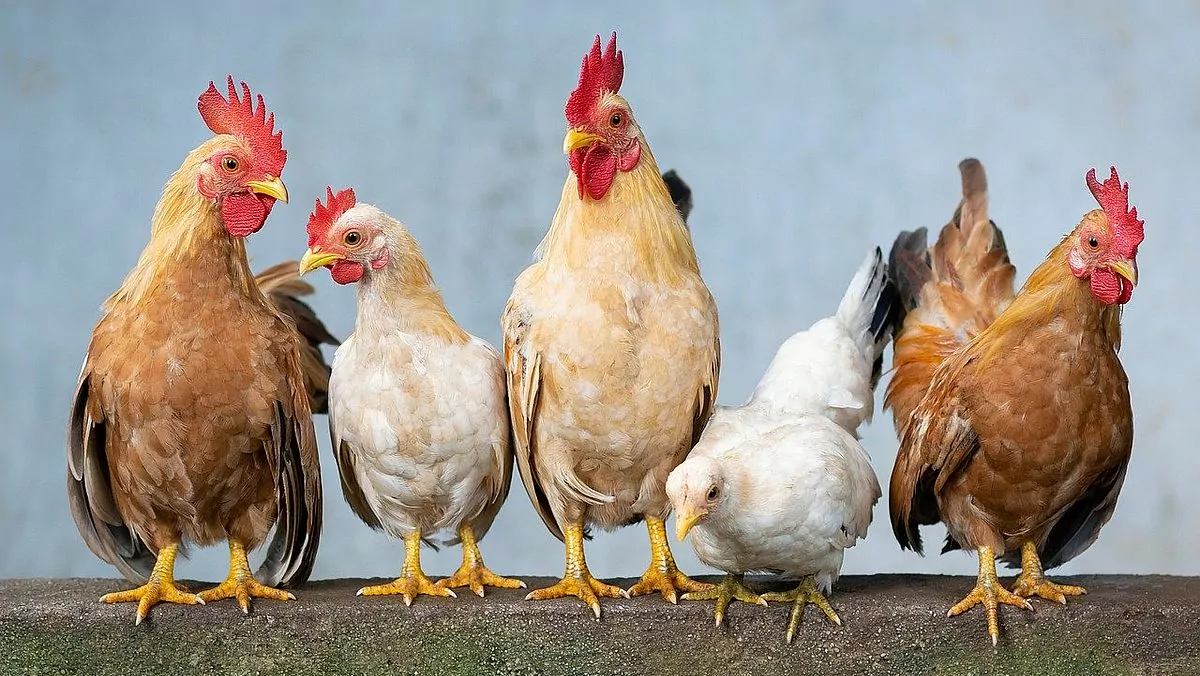








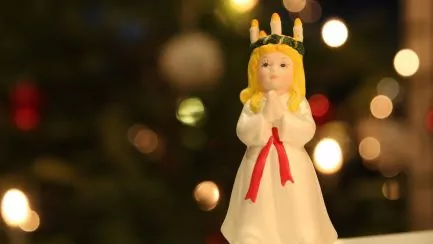



Ama de casa says:
Here in Torrevieja - as in the rest of Spain - there are many processions throughout Semana Santa. Usually, that is. Last year they were all cancelled during the Easter weekend due to rain. This year, all the parades were cancelled due to... well, you'll never guess 😉.
Have a nice Easter Eve!
11 April 2020 - 9:33
Helena says:
Yes, tell me what is not cancelled this year? Strange year ... Wishing you a nice Easter anyway, without processions!
11 April 2020 - 15:18
Biggeros says:
With the absence of processions this Easter in Spain, the dance of death would have been appropriate to counteract the Corona virus.
A very unusual Easter to celebrate from home quarantine.
Happy Easter?
11 April 2020 - 10:10
Helena says:
Yes, isn't it? A little magic to ward off the corona would be needed 😉 Happy Easter!
11 April 2020 - 15:19
JoY says:
I have nothing to share from other parts of the world.
However, I will gladly accept some water for the sake of beauty and a good omelette that ends with a crime novel.
Have a nice sunny day
11 April 2020 - 10:35
Helena says:
It sounds like a great recipe for a successful Easter 😉 Wishing you a nice Easter weekend!
11 April 2020 - 15:19
Lena in Wales says:
Semana Santa is well known to me and I have celebrated many Easter in Spain.
In the UK we don't celebrate so much compared to Sweden, where we have so many traditional holidays to celebrate. I have written a bit about it on my blog.
Have a nice weekend!
11 April 2020 - 10:51
Helena says:
Thank you very much, wishing you a happy Easter!
11 April 2020 - 15:20
Ruth in Virginia says:
I wonder how it is that Swedes put coloured people
feathered roosters on birch twigs?
Easter is celebrated here with an Easter egg hunt for the kids,
and you give them Easter baskets filled with sweets.
As for food, it should be either ham or lamb.
Easter is just Easter Day; nothing extra.
We have a sunny but chilly (4C) Easter Eve.
11 April 2020 - 14:44
Helena says:
You mean why we put feathers on the Easter rice? I don't really know... Thanks for describing the American Easter celebration! And happy birthday afterwards!!!
11 April 2020 - 15:28
Ruth in Virginia says:
Thank you for the congratulations. I was really celebrated.
The neighbours came out into the street and played and sang.
for me. Fun "party" without having to do anything! 🙂
11 April 2020 - 15:46
Monet says:
The giant omelette in France can probably be attributed to one small village:-) What is most striking in this Catholic country is that it is not celebrated as much as in Sweden. Good Friday is like any other day, people work and it is open as usual.
On Easter Sunday, people usually have their family Easter lunch, which in nine cases out of ten consists of roast lamb, usually with potatoes au gratin. Church bells ring everywhere on this day,
There are no decorations, no Easter eggs for the children and no sweets - except for Halloween. However, people do eat good chocolate and it is available in the form of delicious cakes and chocolate bunnies plus Kinder eggs for the children. In some families, children have to look for little chocolate eggs.
Easter Monday is the only day off, so it is a very short and relatively anonymous French holiday. But you greet each other politely as usual Happy Easter - Joyeuses Pâques - and so do we from our voluntary "French quarantine" in Norrtälje!
11 April 2020 - 16:23
Goatfish says:
Thank you, that was a well done post about Easter! Always fun to compare how others are doing. When I worked, I was always curious about how Social Security worked in the different countries, compared to Sweden.
When I was a kid, we were the Easter bunny and old man with the coffee pot and wanted a penny. Moved and there it was relevant to throw away Easter letters instead (filled with candy). It was actually something hard when all four children were small and it would be thrown both here and there and it was expensive 😀.
Easter hugs!
11 April 2020 - 17:08
Elisabeth says:
When I was a child, cranes came with Easter eggs in the ragged sock I was pinning to the edge of my bed. It was the night of Maundy Thursday. During the day we were Easter bunnies. Then we didn't just beg for sweets but gave away some Easter decorations that we had made. A few years later, the Easter bunnies started coming and hiding Easter eggs in the garden, which I would find on Easter Eve. I can see that it was a mixture of östgötska/westgötska traditions with cranes. The hares probably came with influences from Germany and drawn Kindergarten. Have a Happy Easter!
11 April 2020 - 18:49
BP says:
Yes, we have also experienced Semana Santa in Spain. A colourful spectacle with lots of processions.
Red eggs in Greece. I did not know that. You always learn something new:-)
11 April 2020 - 18:59
Anita Wag Agrimanaki says:
Finnish memma. Brown like chocolate and as a child I thought it was chocolate. It wasn't and I didn't think it was good. Here in Greece, the red eggs are also used to "crack" each other's eggs. Everyone takes an egg and then the team knocks around and whoever is left with a whole egg has of course won.
12 April 2020 - 9:44